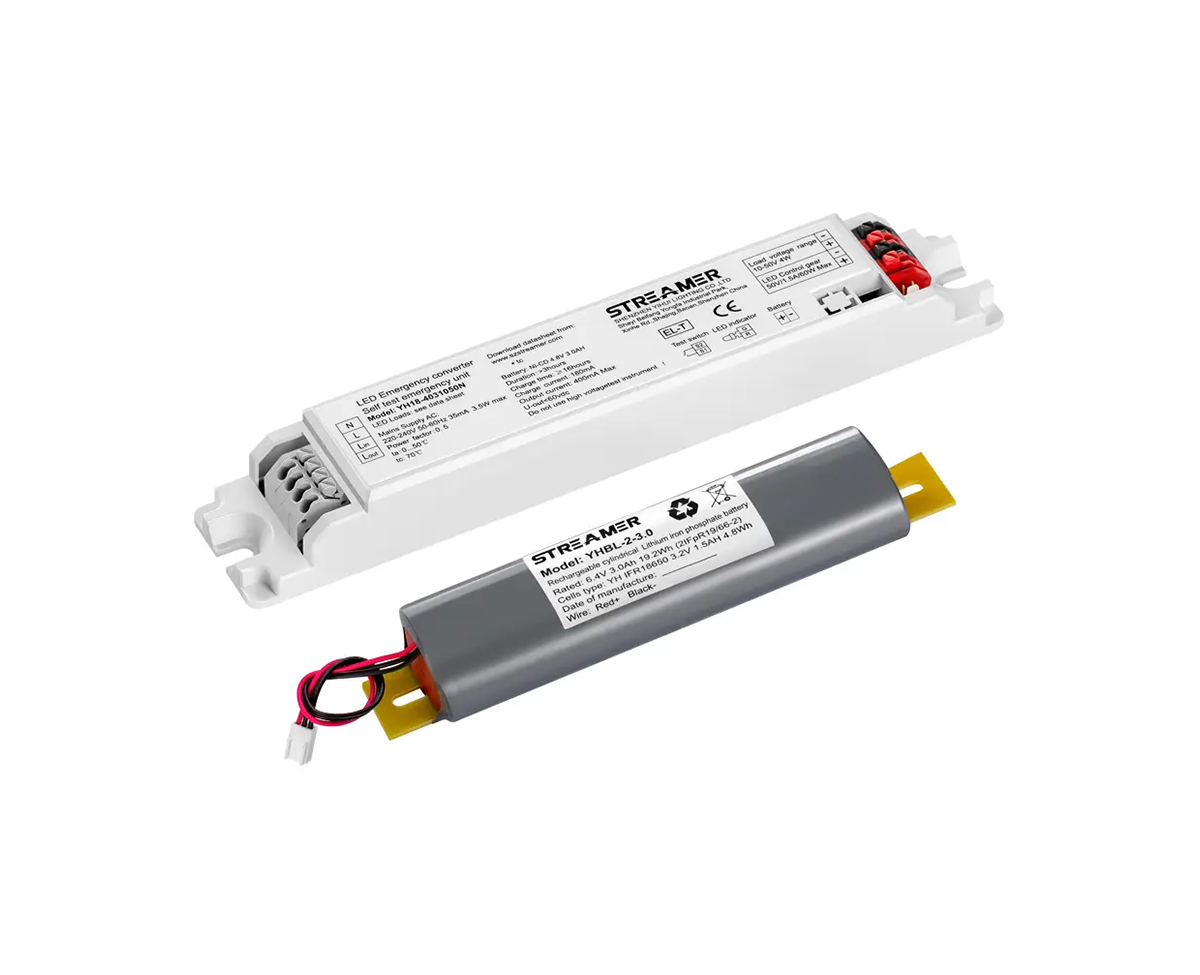 1
1
 Mar 03, 2025
Mar 03, 2025

LED emergency drivers are crucial components in lighting systems, especially in emergency situations where reliable illumination is essential. Their ability to withstand pressure is a significant factor in ensuring their proper functionality and durability.
Structural Design for Pressure Resistance
The structural design of LED emergency drivers plays a vital role in determining their pressure - resistance capabilities. Most LED emergency drivers are enclosed in a protective housing. This housing is typically made of materials such as high - strength plastics or metal alloys. For example, polycarbonate plastic is commonly used due to its excellent impact and pressure - resistance properties. It can withstand a certain amount of external pressure without deforming or cracking, thus protecting the delicate internal electronic components. Metal alloy housings, like aluminum alloy, are also popular. Aluminum alloy offers high strength - to - weight ratio and good corrosion resistance. In addition to the housing, the internal layout of the components within the driver is carefully designed. The circuit boards and other components are mounted in a way that distributes the pressure evenly. They are often fixed firmly to the housing using screws or other mechanical fasteners, which helps in preventing displacement or damage under pressure.
Component - Level Pressure Resistance
At the component level, the electronic components used in LED emergency drivers are selected for their pressure - resistance characteristics. Capacitors, resistors, and integrated circuits are designed to withstand normal operating pressures as well as some degree of external pressure. For instance, electrolytic capacitors with robust casings are used. These capacitors are engineered to handle mechanical stress, including pressure. The leads of the components are also designed to be firmly attached to the circuit board. Solder joints are made to be strong enough to endure pressure without breaking. In some cases, additional potting or encapsulation materials are used to further protect the components. These materials, such as epoxy resins, not only provide electrical insulation but also act as a cushion against external pressure, distributing the force evenly across the components.
Testing for Pressure Resistance
Manufacturers of LED emergency drivers conduct rigorous testing to ensure their products meet the required pressure - resistance standards. These tests involve subjecting the drivers to various levels of pressure. One common test is the static pressure test, where a known amount of pressure is applied to the driver's housing for a specific period. The driver is then inspected for any signs of damage, such as cracks in the housing, component displacement, or electrical malfunctions. Dynamic pressure tests may also be performed, where the driver is exposed to cyclic pressure changes to simulate real - world conditions. By passing these tests, LED emergency drivers can be deemed pressure - resistant and suitable for use in different environments, including those where they may be exposed to mechanical stress.